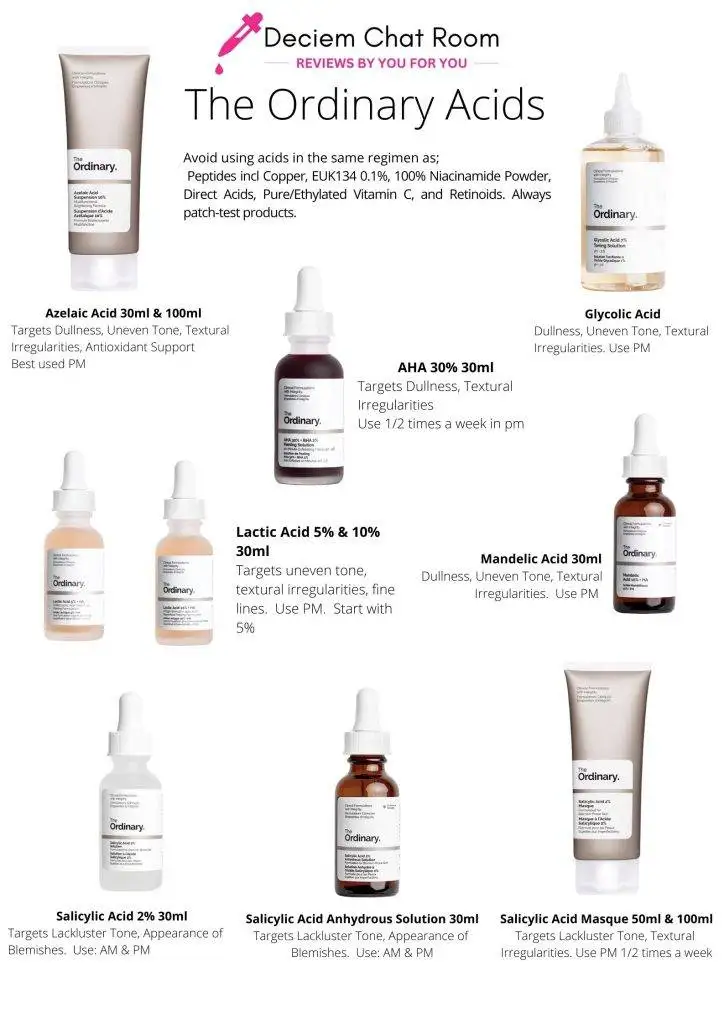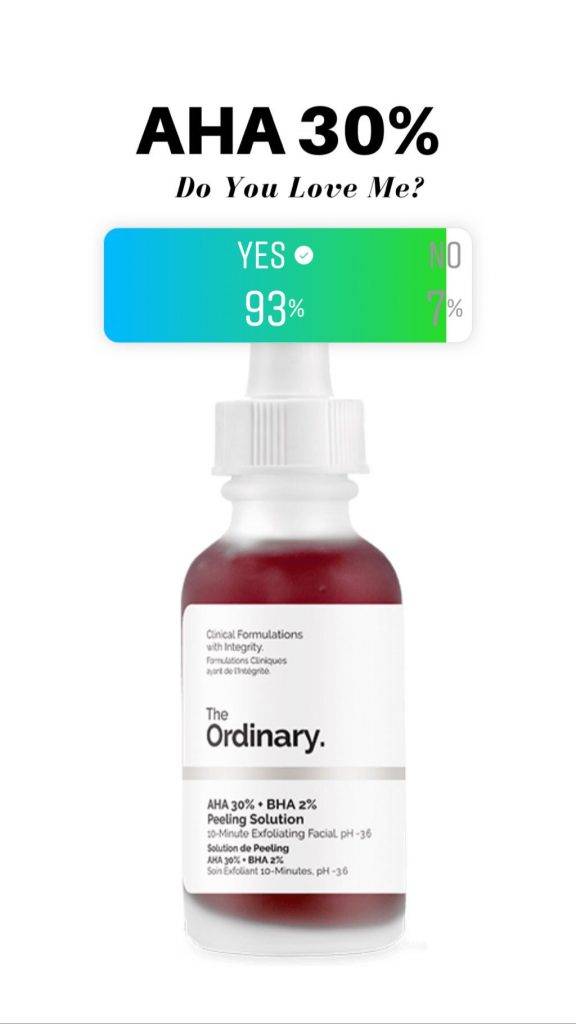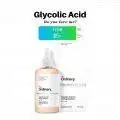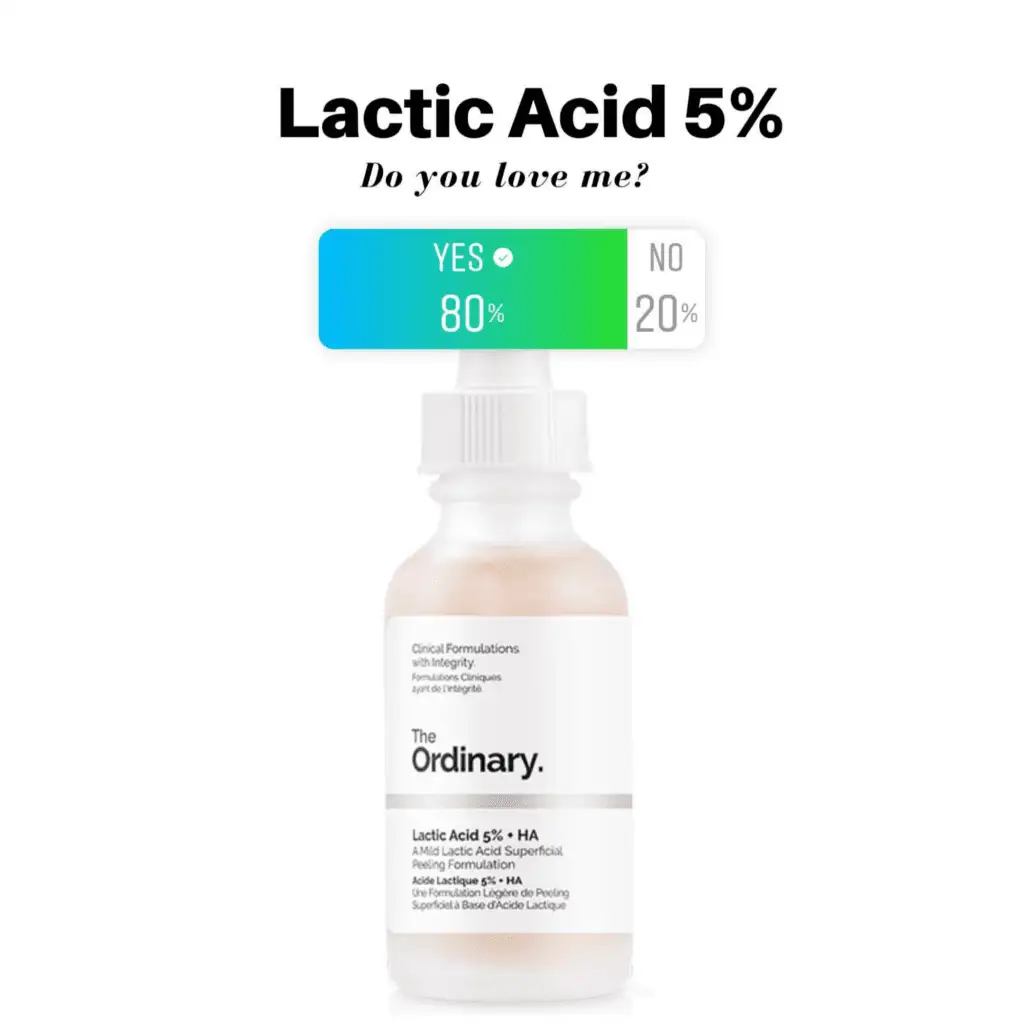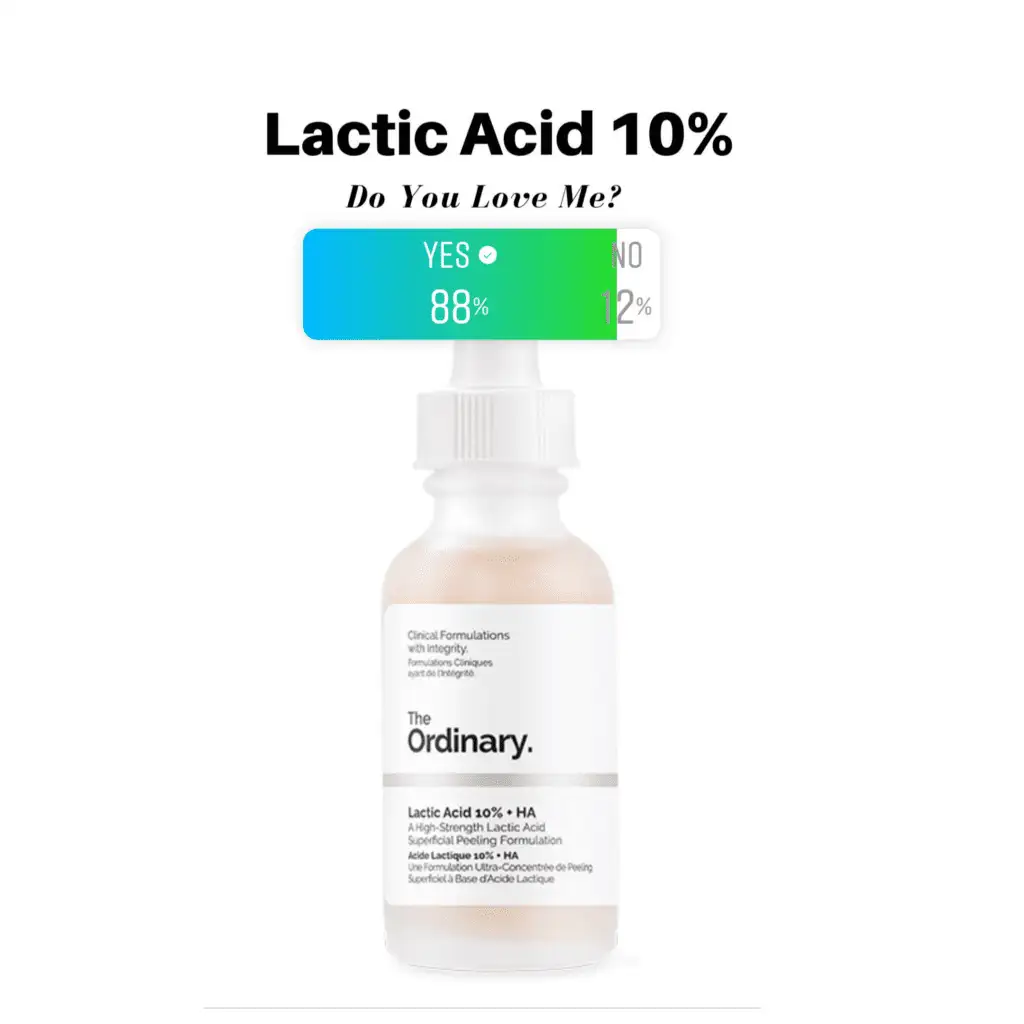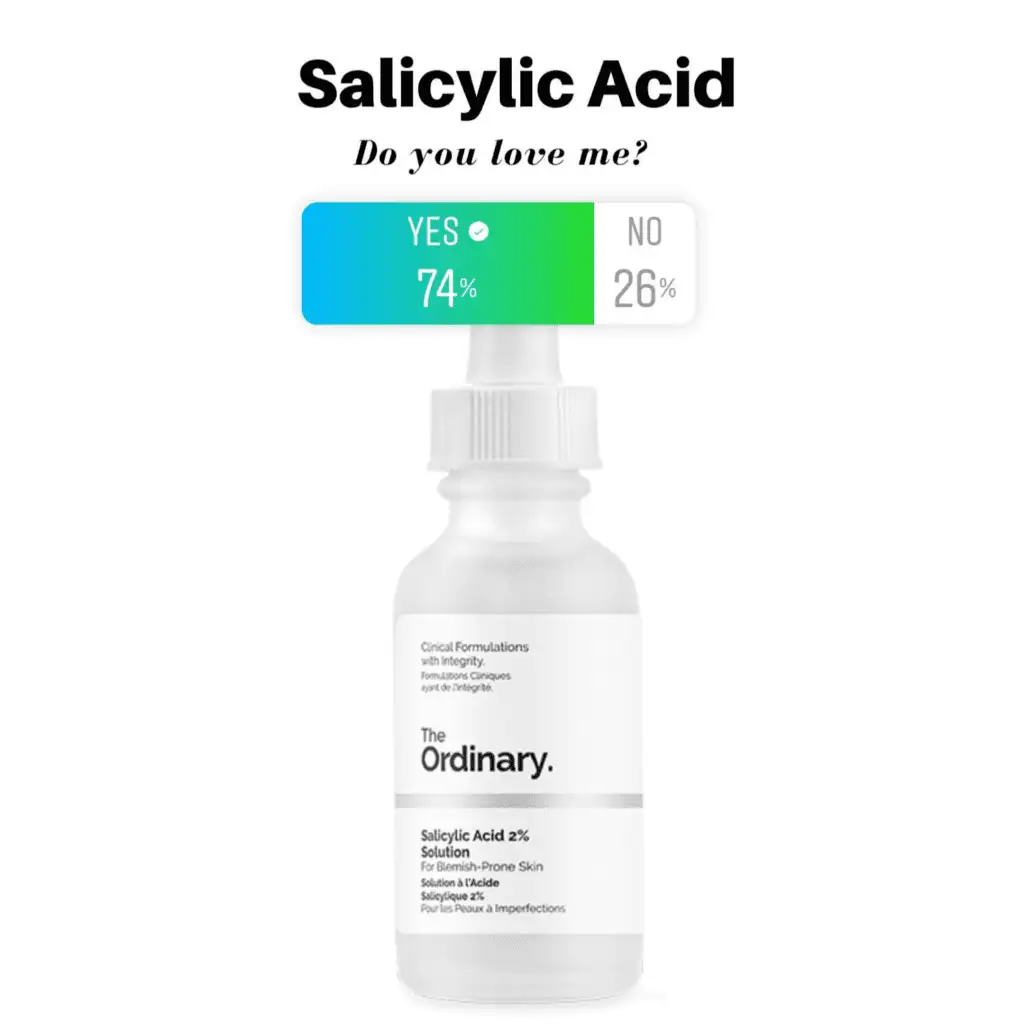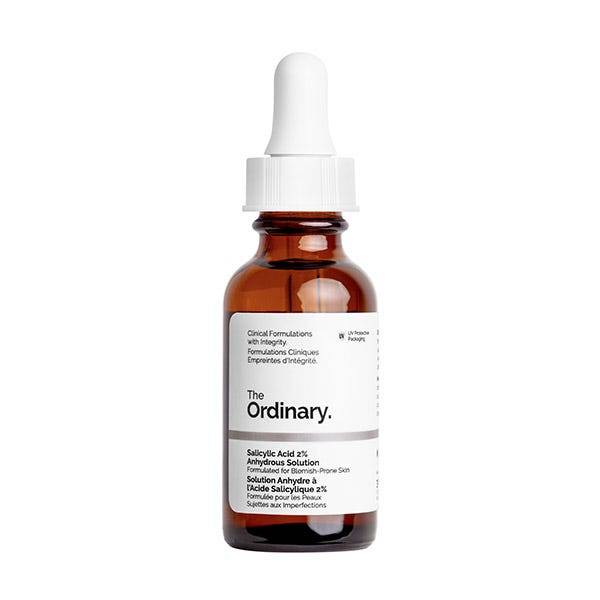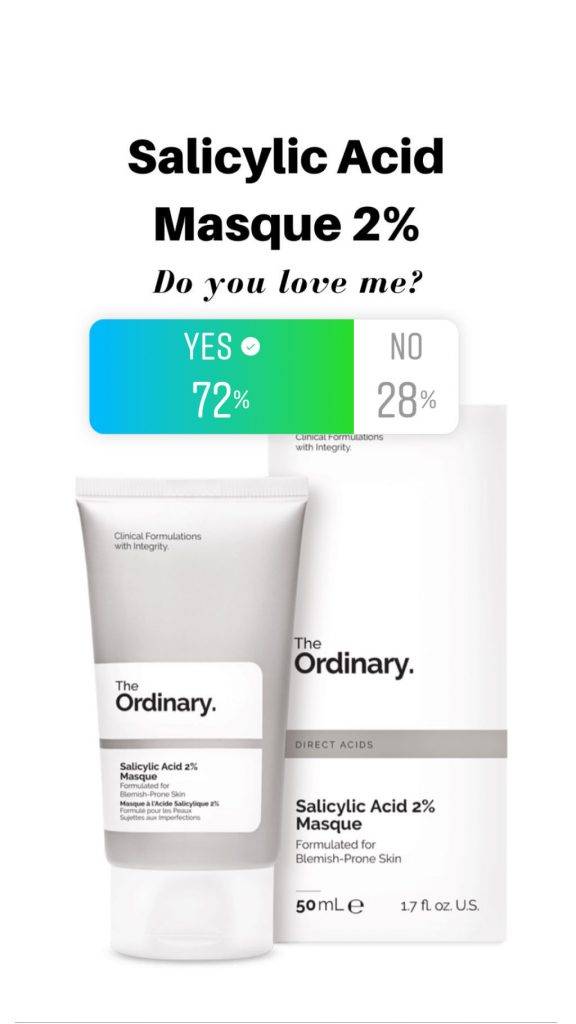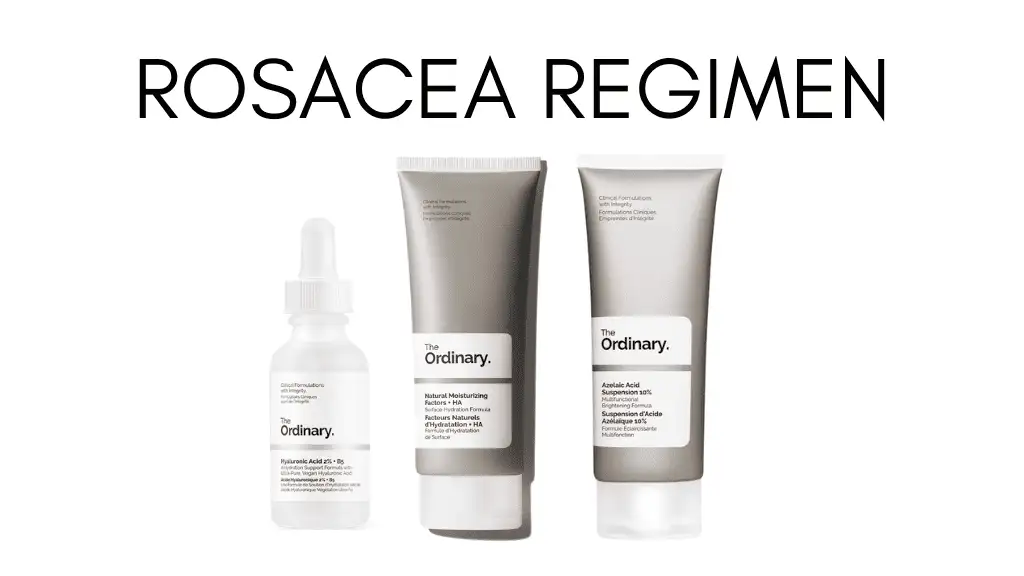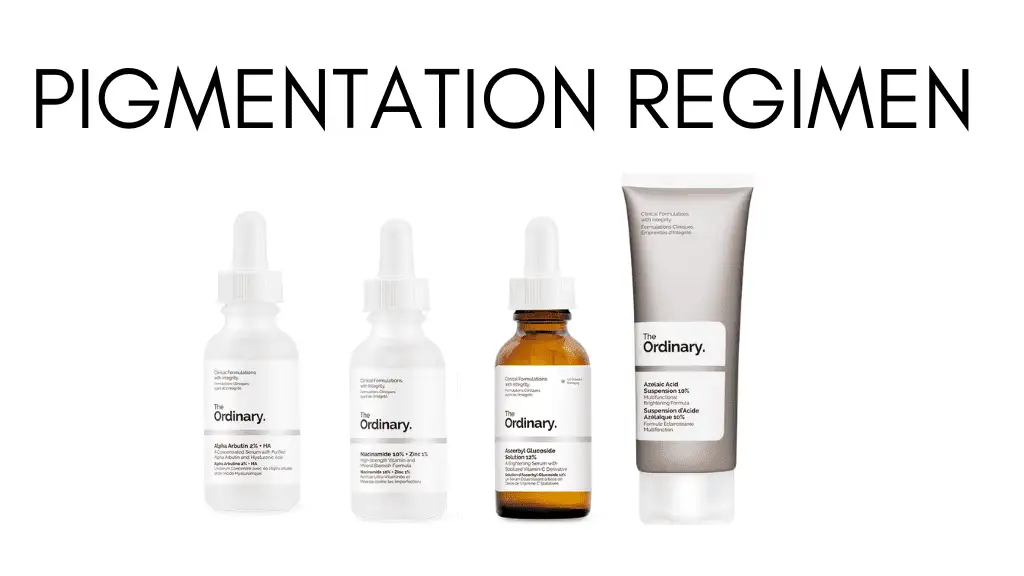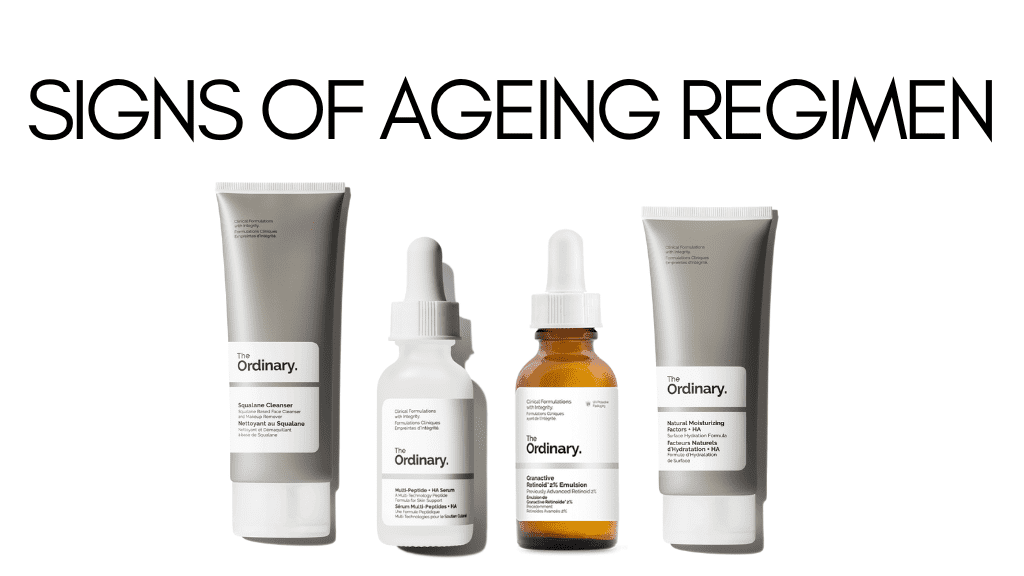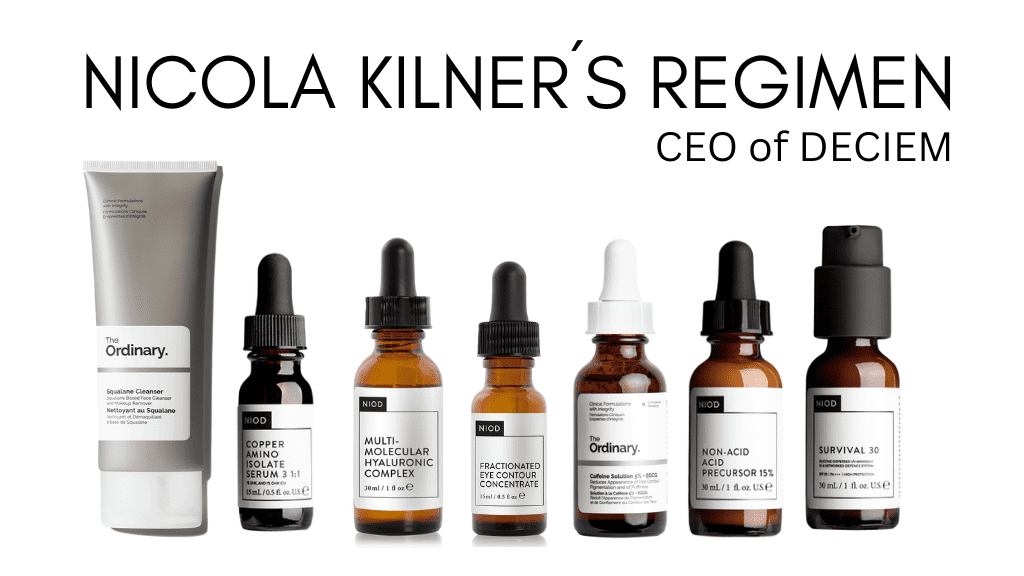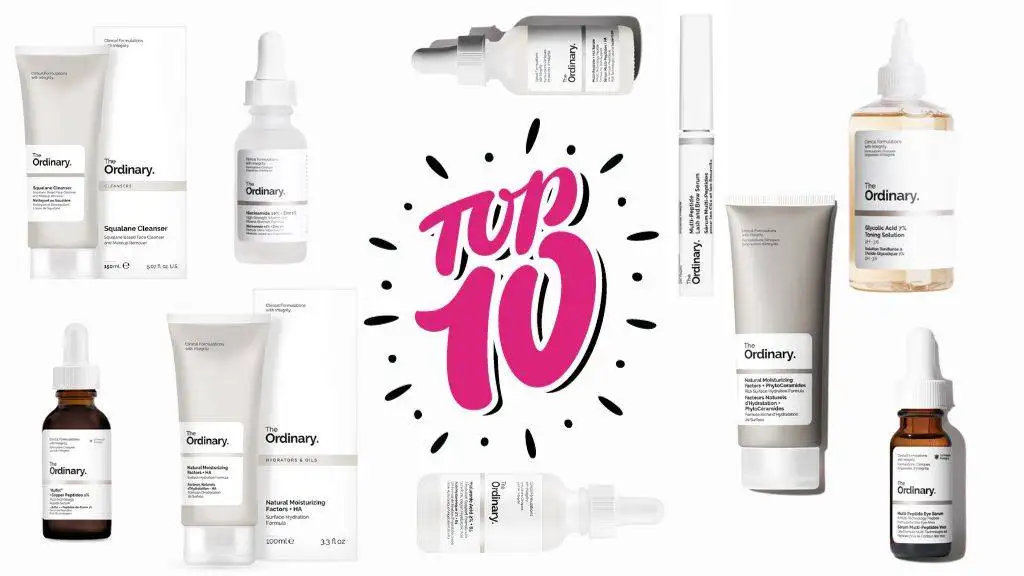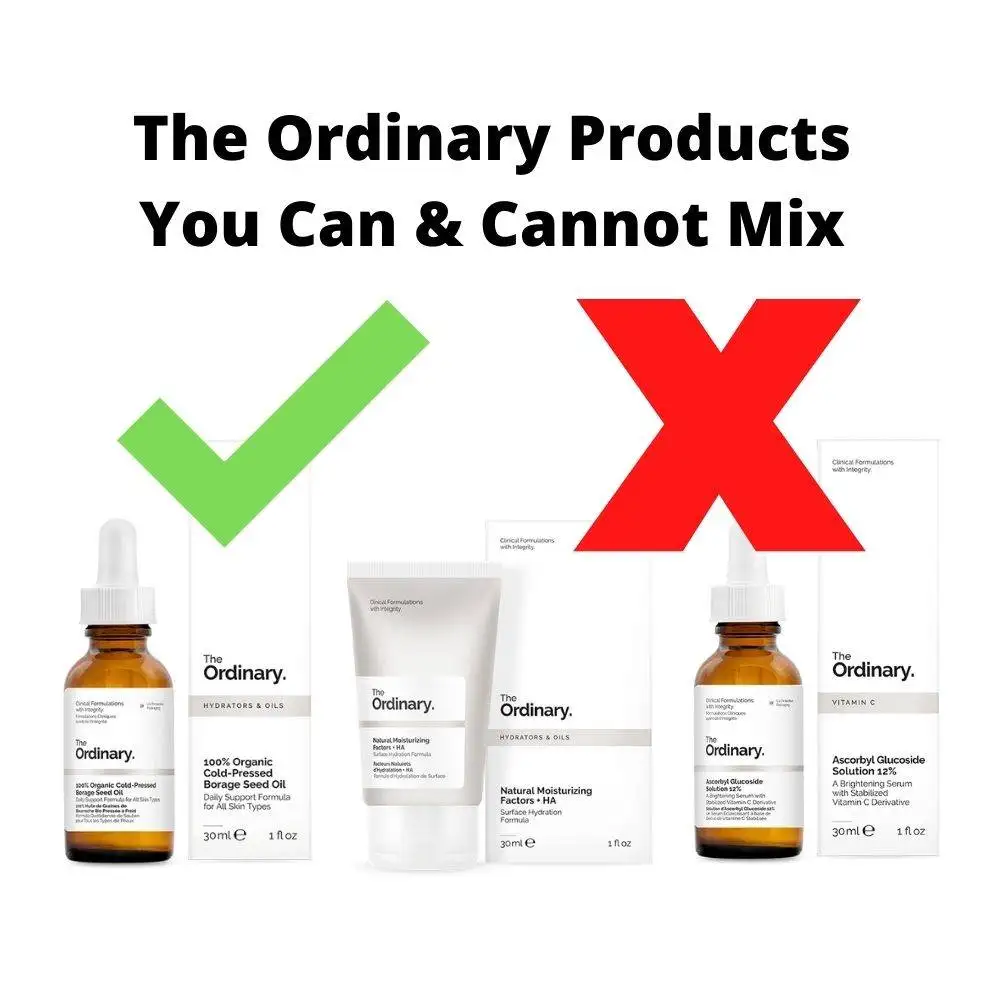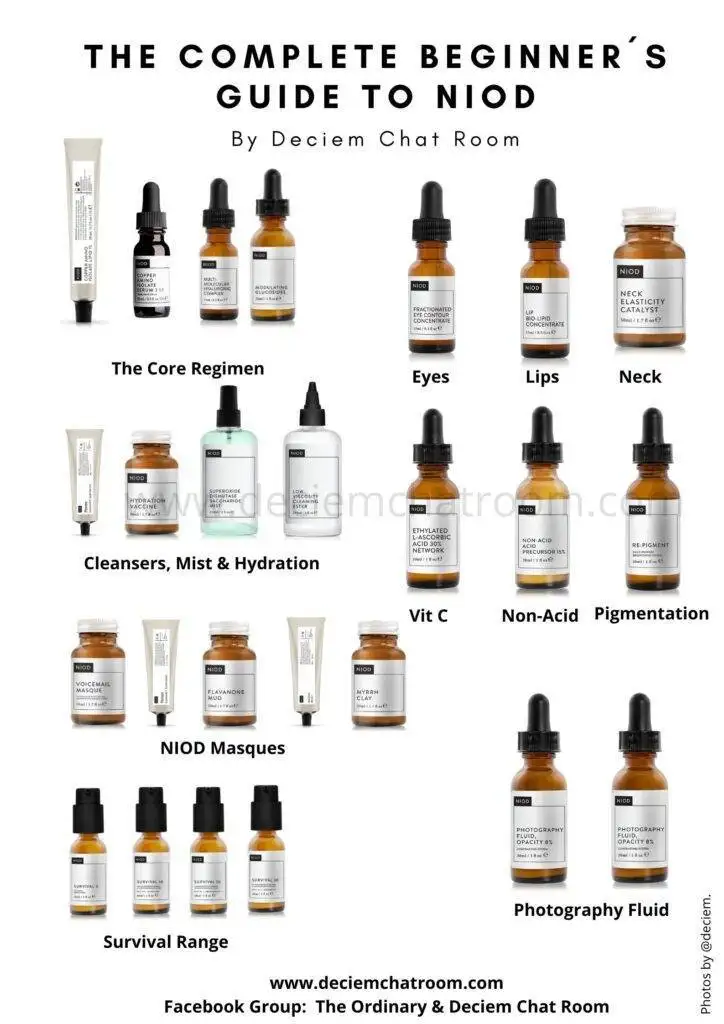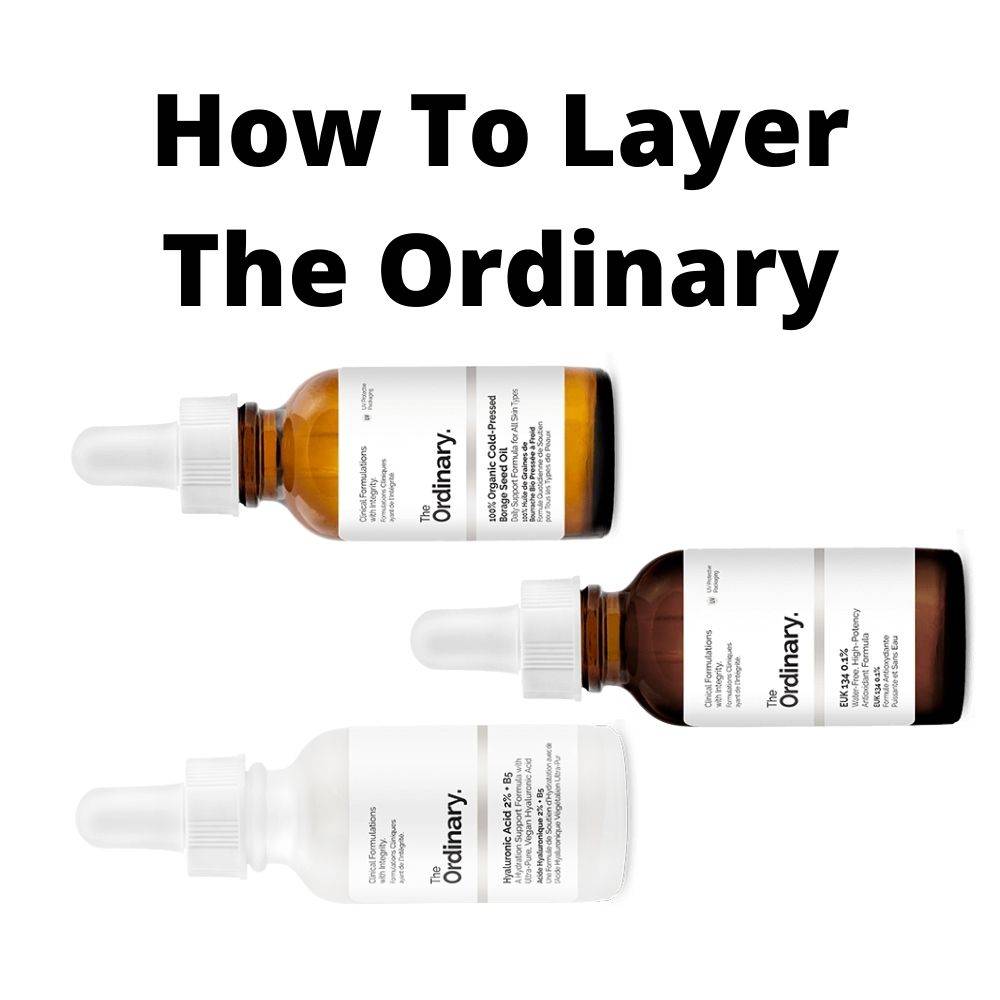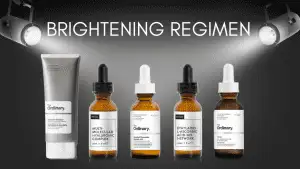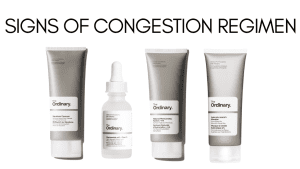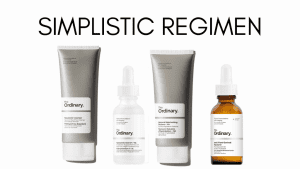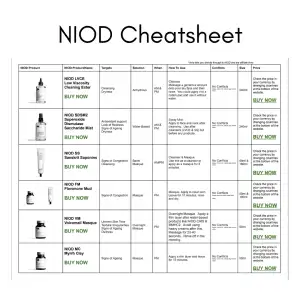These are the 9 acids available from The Ordinary, which could make it hard to decide which one to buy. You can click the “read more” links below to take you to each one with more information or scroll for a quick look at all the acids from The Ordinary on one page.
- AHA 30%
- Azelaic Acid
- Glycolic Acid Exfoliating Toner
- Lactic Acid 5%
- Lactic Acid 10%
- Mandelic Acid
- Salicylic Acid 2%
- Salicylic Acid Anhydrous Solution
- Salicylic Acid Masque
- The Ordinary Acids PDF
The Ordinary Acids Guide PDF
The Ordinary AHAs & BHAs
When choosing which acid to use, AHAs (Alpha Hydroxy Acids) help with surface exfoliation. BHAs (Beta Hydroxy Acids) help target the appearance of pore congestion.
If you are new to using acids, I recommend starting with Mandelic Acid, Azelaic Acid, or the Salicylic Anhydrous Solution. Once your skin is more accustomed to acids, you could then change to something a little stronger. Price may also be a deciding factor so below you can find all the prices of The Ordinary Acids (prices are correct at time of publishing).
The Ordinary Acids Quick Chart
| AHA 30% +BHA 2% | 5.70$ & 9.50$ |
| 30ml Use PM 10 Minute Masque | Textural Irregularities Dullness Uneven Skin Tone |
| Glycolic Acid Toning Solution | 8.70$ & 13$ |
| 100ml & 240ml Use PM Use with a cotton pad, spray or hand | Signs of Aging Dullness Textural Irregularities Uneven Skin Tone |
| Salicylic Acid Masque | 13.80 & 26.40$ |
| 50ml & 100ml Use PM 10 minute Masque | Signs of Congestions Dullness Textural Irregularities |
| Salicylic Acid 2% Solution | 6.70$ |
| Salicylic Acid 2% Solution 30ml Use PM | Acne Signs of Congestion |
| Salicylic Acid 2% Anhydrous | 7.50$ |
| 30ml Use PM The gentler of Salicylic Acids Good for a beginner | Signs of Congestion Dullness Textural Irregularities Uneven Skin Tone |
| Azelaic Acid | 12.20$ & 28.80$ |
| 30ml & 100ml Use AM/PM Suspension Apply after all water-based/oils Good for a beginner | Textural Irregularities Dullness Uneven Skin Tone Look of Redness |
| Lactic Acid 5% | 8.10$ |
| 30ml Use PM Apply directly after cleansing. Do not rinse off | Textural Irregularities Dullness Uneven Skin Tone |
| Lactic Acid 10% | 9.20$ |
| 30ml Use PM Apply directly after cleansing. Do not rinse off | Textural Irregularities Dullness Uneven Skin Tone |
| Mandelic Acid – Read More | 7.80$ |
| 30ml Use PM Apply directly after cleansing. Do not rinse off. Great for a beginner | Textural Irregularities Dullness Uneven Skin Tone |
The Ordinary AHA 30% Peeling Solution
AHA 30% + BHA 2% is a 10-minute masque that can be applied once or twice a week. You would apply a thin layer to clean dry skin, avoiding the eye area, and leave it for 10 minutes. You would then rinse it off carefully, avoiding your eyes. Finish with something hydrating and non-conflicting. This is for more experienced users. If you are new to skincare and using acids, it would be better to use one of the other acids. Always patch-test first!
- Targets
- Dullness
- Textural Irregularities
- Use once or twice a week
- 15ml (USA only) & 30ml
- Sounds Great! I´ll Buy It Now!
The Ordinary Azelaic Acid Suspension
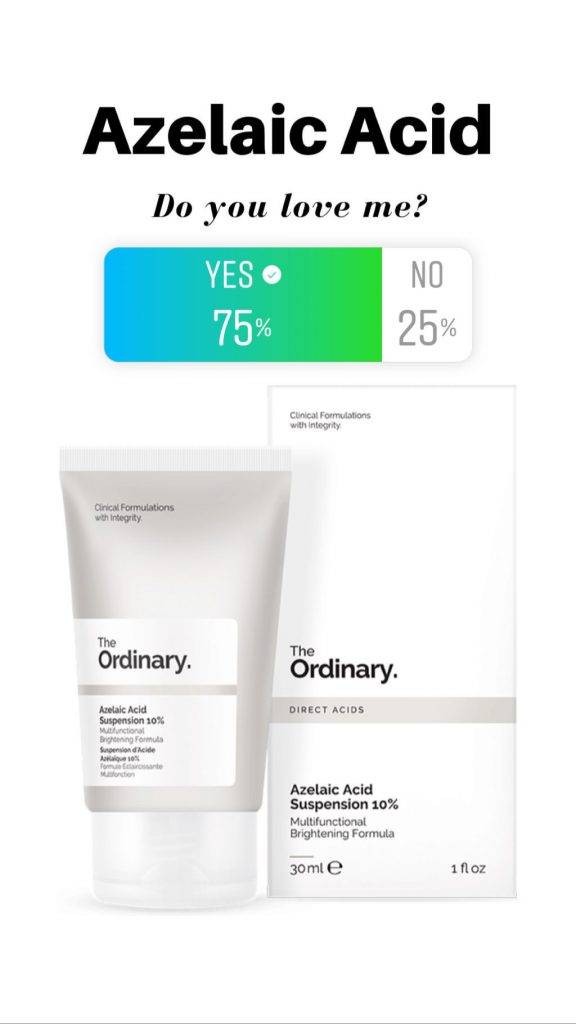
Azelaic Acid targets many different skin concerns and is a very popular ingredient. This white and creamy suspension formula can be applied directly after cleansing or after your water-based/anhydrous products. It is a popular product; 75% of the #deciemaddicts love it. For best results, use consistently.
- Brightens
- Evens skin tone
- Textural Irregularities
- Antioxidant Support
- When & How: PM after water solutions
- Patch testing is highly recommended
- Avoid the eye area.
- Available in 2 sizes. 30ml & 100ml
- Sounds Great! I´ll Buy It Now!
The Ordinary Glycolic Acid
This is such a brilliant and versatile product. You can use it on your skin, starting slowly, just once or twice a week, by applying it to a cotton pad and sweeping it over your skin after cleansing. It can also be used on your scalp, and I personally use it as a deodorant. This is a product I cannot live without!
- Brightens skin
- Radiant Even Tone
- Use in the evening.
- Apply directly after cleasing.
- Patch testing is highly recommended.
- Avoid the eye area
- Now available in 2 sizes, 100ml & 240ml
- Sounds Great! I´ll Buy It Now!
Lactic Acid 5% + HA
I love Lactic Acid 5%. If you are new to acids, I recommend starting with this one and then, if you feel comfortable, moving up to 10%. Apply directly after cleansing, followed with a moisturizer, and your skin will be left smooth and hydrated.
- Fine lines
- Textural Irregularities
- Evens Tone
- Apply directly on dry, cleansed skin, followed with creams/oils.
- Use in the evenings.
- Start with 5%, then move up to 10%.
- Patch testing is highly recommended.
- Avoid the eye area.
- Sounds Great! I´ll Buy It Now!
Lactic Acid 10% + HA
If you are new to acids, start with the Lactic Acid 5% and then move up to this one. 10% is quite a lot stronger, and when I use this, I feel a tightening sensation. I absolutely love these Lactic Acids.
- Fine lines
- Texture Irregularities
- Evens Tone
- Apply directly on dry, cleansed skin, followed by creams/oils, preferably in the evenings.
- Patch testing is highly recommended
- Avoid the eye area.
- Sounds Great! I´ll Buy It Now!
Mandelic Acid 10% + HA
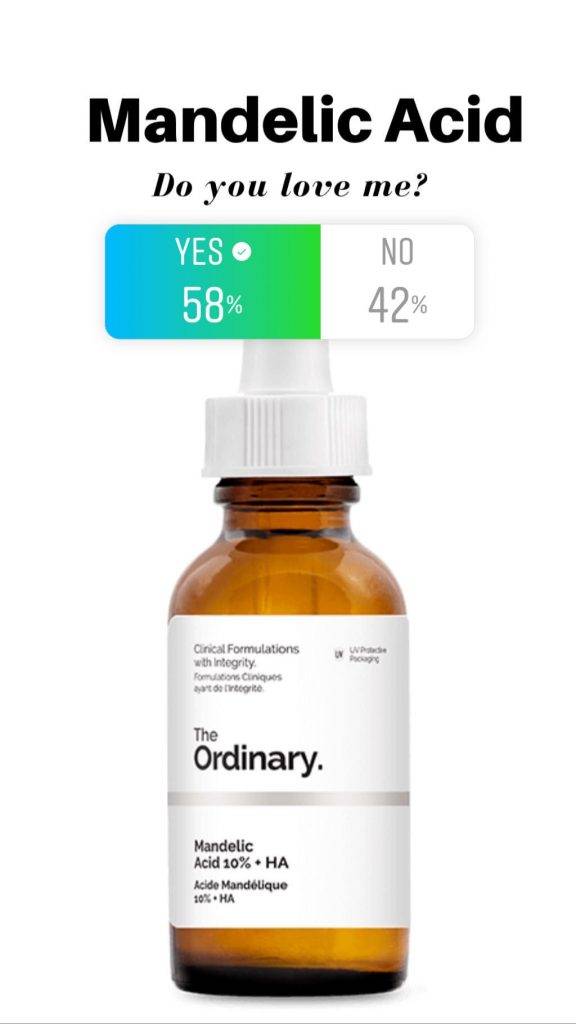
Mandelic Acid is great for anyone new to using acids. It´s gentle but works well to target uneven tone, dullness, textural irregularities, and more.
- Dullness
- Uneven Tone
- Textural Irregularities
- When & How: use preferably in the evening before creams/oils.
- Patch testing is highly recommended
- Avoid the eye area.
- Sounds Great! I´ll Buy It Now!
Salicylic Acid 2% Solution
This is a clear serum that you can use directly after cleansing, followed by your oils and/or moisturizers. Salicylic Acid is such a popular product, which is why 74% of the #deciemaddicts love it. If you are new to acids, I recommend trying the Salicylic Acid Anhydrous first.
- Fights acne
- Evens Skintone
- Spot treatment or Entire Face
- Use in the morning or evening after cleansing
- Patch testing is highly recommended
- Avoid the eye area.
- Check the conflicts
- Sounds Great! I´ll Buy It Now!
The Ordinary Salicylic Acid Anhydrous Solution
The Salicylic Acid Anhydrous Solution is perfect if you are new to acids. Once your skin is accustomed to acids, you could then try the Salicylic Acid 2%. This is an anhydrous serum, which is an oily formulation and has squalane in it to keep it gentle.
- Fights acne
- Evens Skintone
- Use in the morning or evening after cleansing and before oils/creams
- Patch test
- Check the conflicts
- Sounds Great! I´ll Buy It Now!
The Ordinary Salicylic Acid Masque
This masque comes in 2 sizes, 50ml and 100ml. If it´s your first time using this, I would recommend buying the smaller size first of all. Cleanse and dry your skin and apply a thin layer of the Salicylic Acid Masque avoiding your eyes. Leave for 10 minutes and then rinse carefully avoiding your eye area. You can then apply some hydrating, non-conflicting products to finish.
- Lacklustre Tone
- Textural Irregularities
- Patch testing is highly recommended
- Avoid the eye area.
- Check the conflicts!
- Sounds Great! I´ll Buy It Now!
The Ordinary Acid Conflicts – Products You Cannot Use
You should avoid using these products in the same routine as Acids. You can use them in alternate routines, one in the morning and one in the evening, or use them on alternate days.
EUK 134
Peptides
Copper Peptides
Niacinamide Powder
Direct Acids *
Direct Vitamin C *
Retinol/Retinoids *
How to use The Ordinary Acids
Apply directly after cleansing to dry skin and avoid the eye area when applying. Take care of the eye area when removing masques. Always start slowly with acids and patch-test first, and keep an eye on how your skin looks and feels. Always use an SPF during the day, as acids can make your skin sensitive to the sun.
FAQS about The Ordinary Acids
Some of these questions have been asked and answered by The Ordinary on Social Media.
1. Which of The Ordinary Acids is best to help clear blackheads? You may wish to explore Salicylic Acid 2% Masque.
2. Which acids can help with ice pick scars? You may wish to explore Glycolic Acid 7% Toning Solution.
3. Can I use Salicylic Acid 2% Solution with the Niacinamide 10% + Zinc 1%? Yes, you can use them together!
4. Can I use The Ordinary Salicylic Acid solution with Niacinamide + Zinc, Natural Moisturizing Factors and Rose Hip Seed Oil? Yes, you can.
More FAQs
5. Which acid would you recommend for an intermediate user? An intermediate user has had experience using Salicylic Acid or derivative products before.
6. How often do we use the BHA Salicylic Acid 2% a week? It can be used up to once daily or less frequently, depending on your skin tolerance.
7. Can I use The Ordinary Acids if I have dry skin? We’d recommend applying test patches to see how your skin likes the formulation.
8. Any Acid should I buy for blackheads? Salicylic Acid 2% or the Salicylic Acid Masque may help with congestion.
9. Which acid is best for tiny bumps on the skin? We recommend starting with Salicylic Acid 2% Anhydrous Solution. This is a gentler exfoliating solution for blemish-prone skin and uneven skin texture.
10. How many acids should I buy? I recommend that you only buy 1 or 2 acids because they have a lot of conflicts, and only one acid should be used in a routine.
11. Can The Ordinary Acids be used around the eyes? Acids should not be used near the eyes. Avoid when applying and when rinsing off. It is important to patch-test these products before using them and to start using them slowly.
Products You Can & Cannot Use With The Ordinary Acids
The Ordinary currently recommends avoiding using the following products in the same routine. You can use it in alternate routines or on different days.
- Copper Peptides
- EUK 134 0.1%
- Peptides
- Niacinamide Powder
- Direct Acids
- Pure/Ethylated Vitamin C
- Retinoids
You can find all The Ordinary acid conflicts here. Always check the instructions on The Ordinary website before using any products because the information is regularly updated.
Patch Testing Acids
Always patch-test products, especially acids, and do not rush into using them every day. Start slowly. Read the patch testing guide on The Ordinary website.





